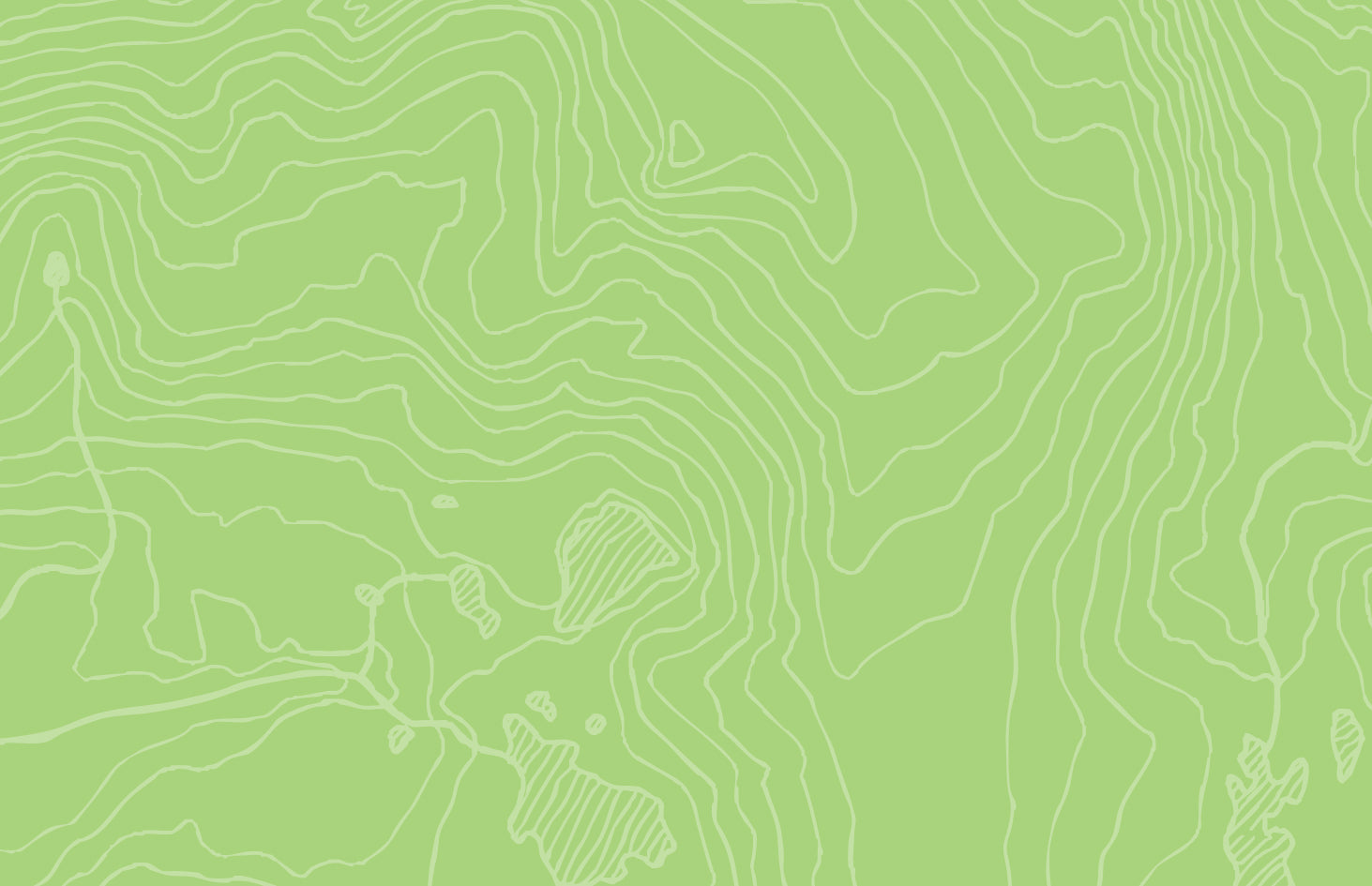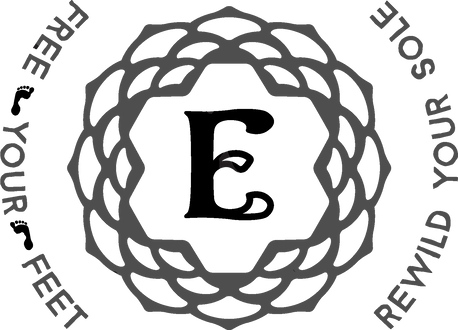Born to Run: Seed of the Rewilding Movement
In 2009 the book Born to Run by Christopher McDougall hit shelves and a phenomenon was created seemingly overnight. For many, the book was a revelation whose inspiration caused a cascade of insights that led down a path of freedom and self discovery and ignited the minimalist footwear/barefoot running  revolution. Born to Run spent 178 weeks on the New York Times Bestseller list and Matthew McConaughey has reportedly signed on to star in the movie adaptation. Paralleling the barefoot running revolution is a smaller, ever growing movement known as ReWilding. Arguably, the success of ReWilding can be attributed to Born to Run as well.
revolution. Born to Run spent 178 weeks on the New York Times Bestseller list and Matthew McConaughey has reportedly signed on to star in the movie adaptation. Paralleling the barefoot running revolution is a smaller, ever growing movement known as ReWilding. Arguably, the success of ReWilding can be attributed to Born to Run as well.
Rewilders believe that with the advent of agriculture humans have become domesticated and in the process have lost our birthright of robust health, happiness and freedom. ReWilding is the process of undoing the human domestication framework and returning to our ancient pre agricultural lifeways while taking such wisdom and lessons as have been gleaned from civilization along the way. The two are combined to create stronger, healthier, more resilient individuals and communities which are profoundly connected to each other, their environment and the planet.

While the disparate elements that would eventually evolve into the ReWilding movement were germinating at the time, it was the fervor created by the book that set the conditions for the movement's success. At the center of the Born to Run story are the Tarahumara natives who dwell in the Copper Canyon in Northern Mexico. While not completely Hunter gatherers (relying a great deal on Corn) they nonetheless retain a tradition of wild living that has remained relatively unchanged despite western encroachment for hundreds of years. Most of the Raramuri (Running People) as they call themselves, exemplify many admirable traits that come from a healthy lifestyle in harmony with nature and their distance from the modern Western world. Being incredibly fit as well as having very low incidence of heart disease, cancer, diabetes, and obesity, their elderly live to be quite old, regularly performing feats of endurance far outstripping what even many accomplished younger athletes in the “first world” achieve. Not to mention the legendary seemingly superhuman speed, agility and joyful endurance displayed by their elites while crushing the competition in Ultra Marathon races across the U.S.. Domestic violence, theft, and drug abuse are also nearly unheard of within their communities, although this becomes less so the closer a settlement is to a well traveled road or modern community.
For many, the idea that there were people living today that exemplified such an admirable way of life was exciting and inspiring. It was clear that the vitality, happiness, and robust health these “primitive” peoples displayed was somehow the result of their older, simpler, self sufficient, minimalist way of being. Their traditions, diet and attitudes were closely examined and many copied. Minimalist running shoes, especially the style of sandals the Tarahumara used called huaraches appeared everywhere. Not only were companies making minimal footwear, but individuals were experimenting creating their own. Chia seeds, a staple in the Copper Canyon became the latest “Super Food” craze to hit health food stores.

The idea that it is the birthright of all humans to perform incredible feats of endurance and athleticism without injury, while wearing a smile, began to permeate our collective consciousness. The conditions were set so that when pioneers in the ReWilding movement such as Erwan LeCorre and Daniel Vitalis began teaching and sharing their knowledge, a wide audience of receptive and eager minds were there to soak up the new information and the modern ReWilding movement was born.






